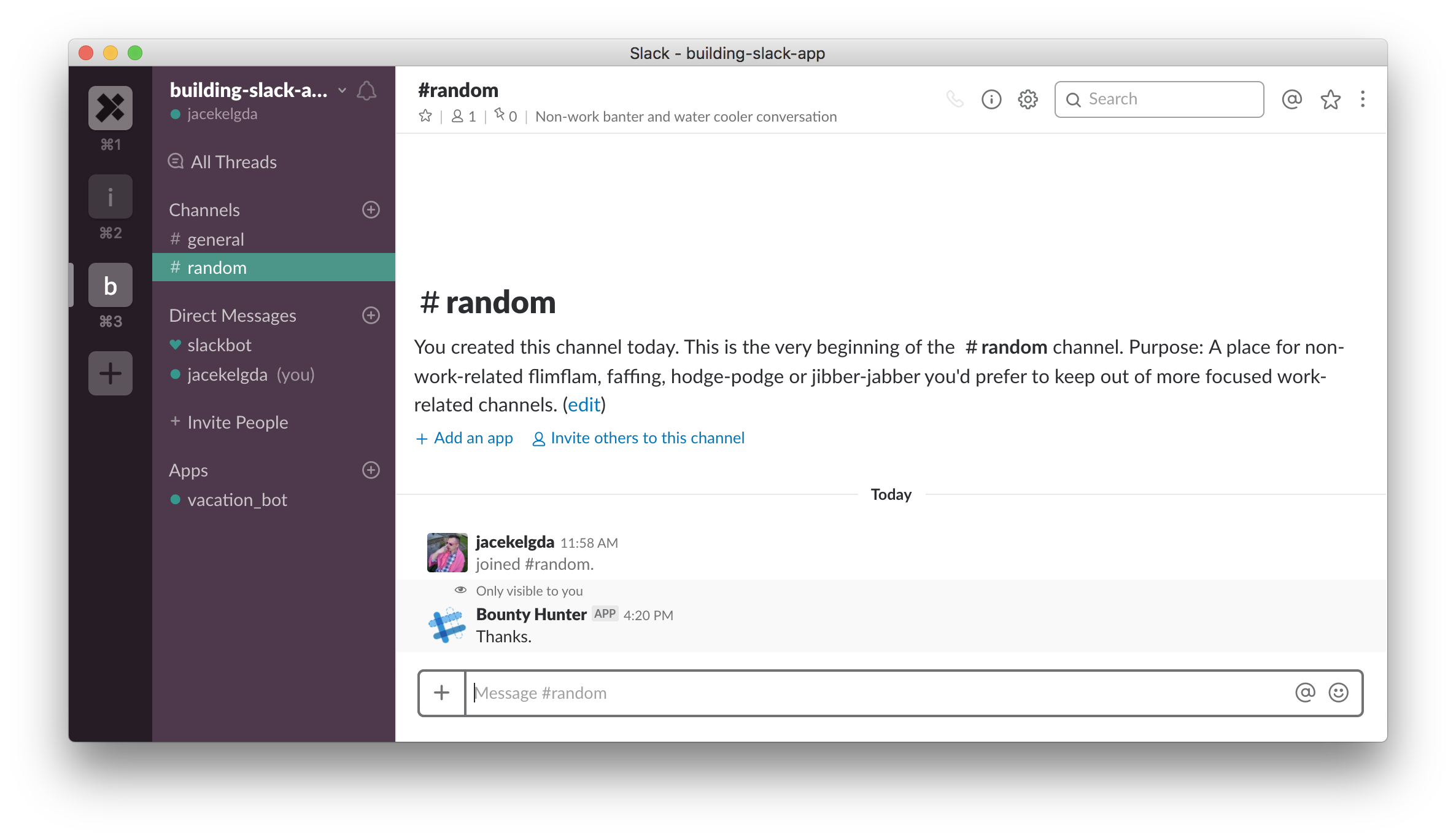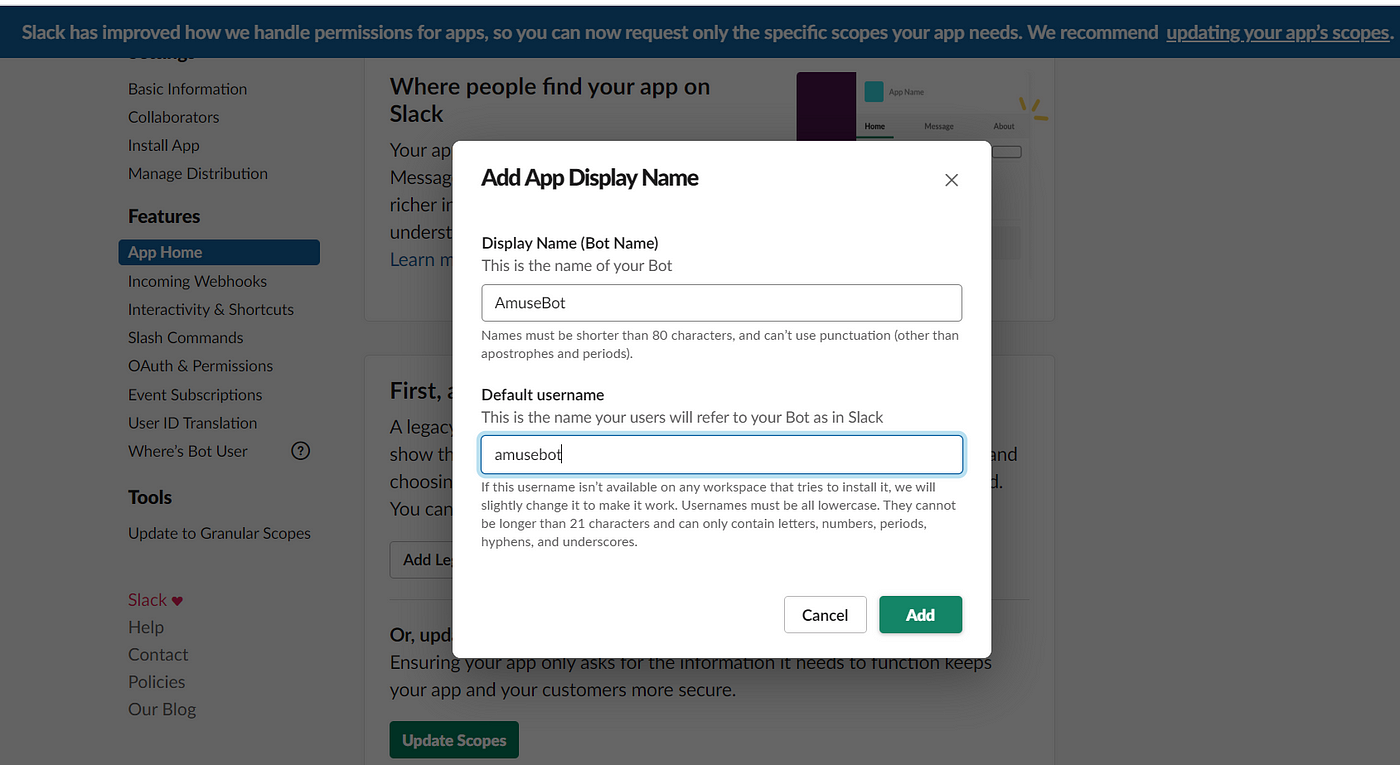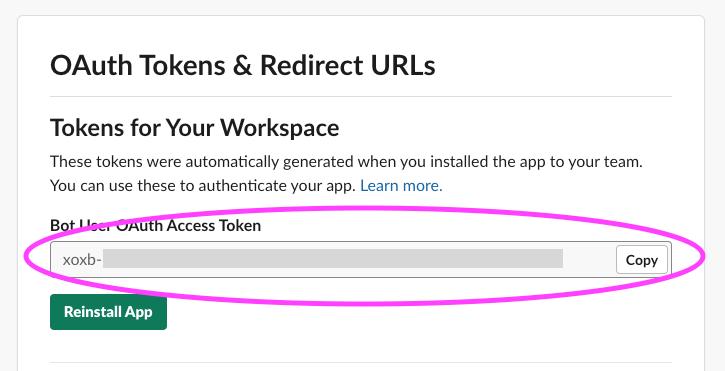
- #Python slack client user info install#
- #Python slack client user info update#
- #Python slack client user info code#
json() returns for all methods to support better debugging. : Merged sending of blocks and sending of text messages. Also I swapped the icon URL out for a Slack emoji, which has way better security. If we run the python app.py now we can investigate how the request look like python app.py INFO:slackbolt. You can rate examples to help us improve the. : Added the Help, my icons are not showing?! section. from slackbolt import App, Ack app.command('/afk') def handlerequest(body, client, ack, logger): ack() We need just a function which will receive the request coming from the . These are the top rated real world JavaScript examples of slack-client.openDM extracted from open source projects. In the menu on the left, find OAuth and Permissions. Follow the link, and click Create New App. After running the following commands, login to slack and make a workspace for you to be able to generate Slack API Tokens.
#Python slack client user info install#
pip install slack client pip install twitter Getting the Slack API Access Token. To start, you'll need to create a Slack App. After installing either Python 2.x.x or 3.x.x, use the following commands to install the needed python libraries. For example, sending a text line to a specific channel is simple enough to call through just one API - apicall('chat.postMessage', channelchannel, textmsg, attachmentsattachment, asuserTrue) You can also upload a file to a channel. To generate a Slack API token, you'll need to run do the following: Create a new Slack App Add permissions Copy the token URL Create a new Slack App. Adding messages to your Python scripts and applications will give your end-users a richer experience. Slack provides an official python client module which you can easily work with. you don't really need a package to post a message to a Slack channel. It currently has over 50,000 paying companies using its productincluding my current place of. You can now use it like this: post_message_to_slack "#chatops-tests" "To be, or not to be! 🤔" Conclusion Slack was founded in 2014 and is being touted as the fastest-growing business application in history.

data-urlencode "username=$slack_user_name" \ data-urlencode "icon_url=$slack_icon_url" \ data-urlencode "channel=$slack_channel" \ Local slack_user_name='Double Images Monitor' # $1 is the slack channel, should start with a # Just use the following BASH function to send a text via cURL to Slack: #!/bin/bash If you are writing a BASH script, you don't HAVE to use Python to send something to Slack. Some people use Python in their scripting. The only thing we need to do is call the function with a text, for example: slack_info = 'There are * Scripts: BASH me? 'blocks': json.dumps(blocks) if blocks else None We'll post a dictionary to the endpoint and a message will appear in our Slack channel: def post_message_to_slack(text, blocks = None): The Slack API provides a nice chat.postMessage endpoint that we can use. I usually use a single cell for my imports: import requests

To let my users know which application is sending the message, I use a per application icon and user name. Slack_user_name = 'Double Images Monitor'

I like to manage my settings in a central place, so let's create some variables to store the slack token and channel (note: it should start with a #). This will work in any Python script, application or notebook.
#Python slack client user info code#
This code is not only applicable to Databricks. In this blog, I'll show you the simplest way of producing awesome messages in Slack. Fortunately, the Slack API is so simple, that you don't really need a package to post a simple message to a channel. Unfortunately, I could not install that package on my cluster. I lifted some code that used a Slack client that was PIP-installed. You can rate examples to help us improve the quality of examples.
#Python slack client user info update#
Portions of this README are generated as well to make edits, update readme.Last week I was working on a Databricks script that needed to produce a Slack message as its final outcome. These are the top rated real world PHP examples of SlackUser extracted from open source projects.

Regenerate from the latest Slack documentation by running 🏃: npm run generate The code for the client is generated by scraping the Slack Web API documentation.


 0 kommentar(er)
0 kommentar(er)
